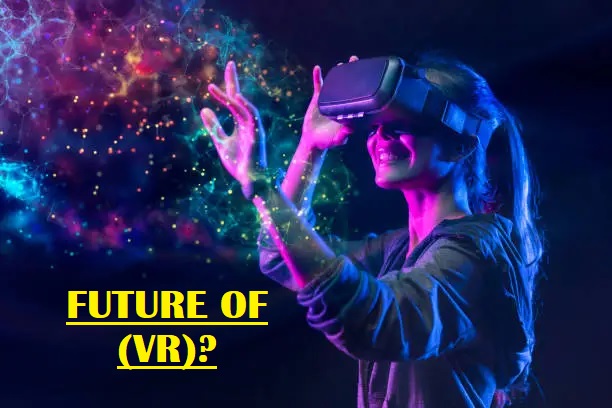The Future of Virtual Reality: Transforming Entertainment, Education, and Beyond
Introduction:
Virtual Reality (VR) has evolved from a niche technology to a transformative force across various industries. This comprehensive exploration delves into the future of VR, its potential to revolutionize entertainment, education, and its broader implications for society.
1. Evolution of Virtual Reality Technology:
a. Historical Context:
- Tracing the roots of VR from early concepts to modern applications.
- Milestones in VR technology development.
b. Current State of VR:
- Overview of VR hardware and software.
- Popular VR devices and platforms.
c. Emerging Technologies:
- Integration of AI and VR for enhanced experiences.
2. Transforming Entertainment:
a. Virtual Concerts and Events:
- Expanding the boundaries of live performances.
- VR’s role in democratizing access to cultural events.
b. Virtual Cinemas and Storytelling:
- Redefining cinematic experiences through VR.
- The potential for interactive and personalized narratives.
3. Revolutionizing Education:
a. Virtual Classrooms:
- The rise of VR in education.
- Virtual classrooms for remote and immersive learning.
b. Simulated Training Environments:
- VR for practical training in various fields.
- Enhancing skill development through simulations.
c. Global Collaboration in VR:
- Connecting students worldwide through VR.
- Breaking down geographical barriers in education.
4. Healthcare Applications:
a. Therapeutic VR:
- VR for mental health treatments.
- Managing anxiety and PTSD through immersive experiences.
b. Medical Training in VR:
- Simulating surgeries and medical procedures.
- Improving medical education and skills training.
c. Telemedicine and VR:
- Virtual doctor visits and consultations.
- Enhancing healthcare accessibility through VR.
5. Corporate and Industrial Applications:
a. Virtual Meetings and Collaboration:
- VR’s role in remote work and collaboration.
- Creating immersive virtual workspaces.
b. Training and Prototyping:
- Using VR for employee training programs.
- Prototyping and design in a virtual environment.
c. Data Visualization in VR:
- Immersive data analysis for businesses.
- Enhancing decision-making through VR.
6. Social Impacts and Ethical Considerations:
a. Social Interaction in VR:
- Virtual communities and social spaces.
- Balancing virtual and real-world relationships.
b. Privacy and Ethical Concerns:
- Addressing privacy issues in VR.
- Ethical considerations in the development and use of VR technology.
c. Accessibility and Inclusivity:
- Making VR technology accessible to all.
- Ensuring inclusivity in virtual spaces.
7. Challenges and Future Trends:
a. Technological Challenges:
- Overcoming current limitations in VR technology.
- Advances needed for a more seamless experience.
b. Market Trends and Investments:
- Growth projections for the VR industry.
- Key players and emerging startups in the VR space.
c. The Future Landscape of VR:
- Speculations on the trajectory of VR technology.
- Integration with other emerging technologies.
Conclusion:
The future of virtual reality holds immense promise, extending far beyond entertainment and education. As VR continues to evolve, its impact on various industries and aspects of our lives will be profound. Embracing the potential of VR requires not only technological advancements but also careful consideration of social, ethical, and accessibility implications. As we venture into this virtual frontier, the convergence of human experience and technological innovation promises a future where the boundaries between the real and virtual worlds blur, opening up unprecedented possibilities for humanity’s collective evolution.










